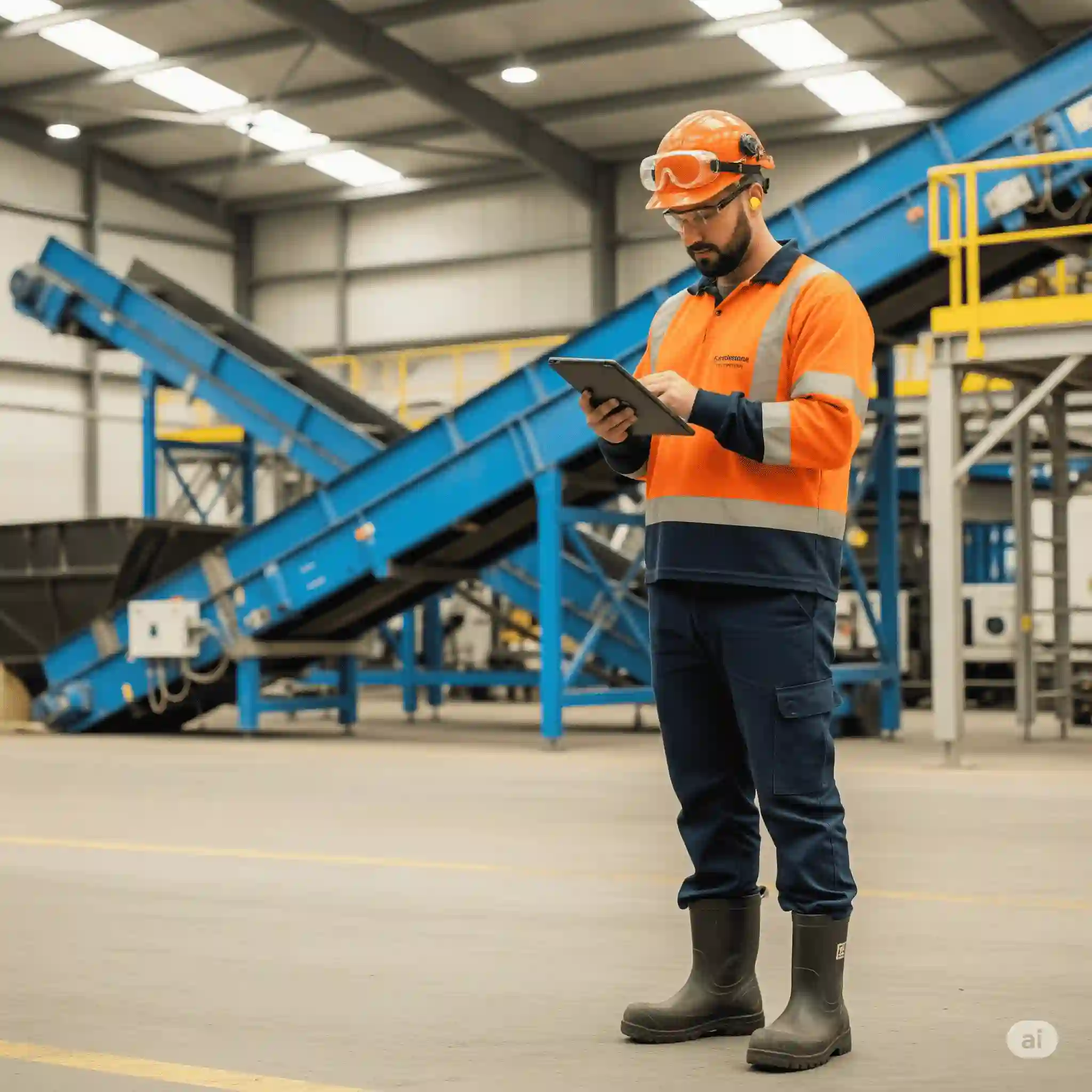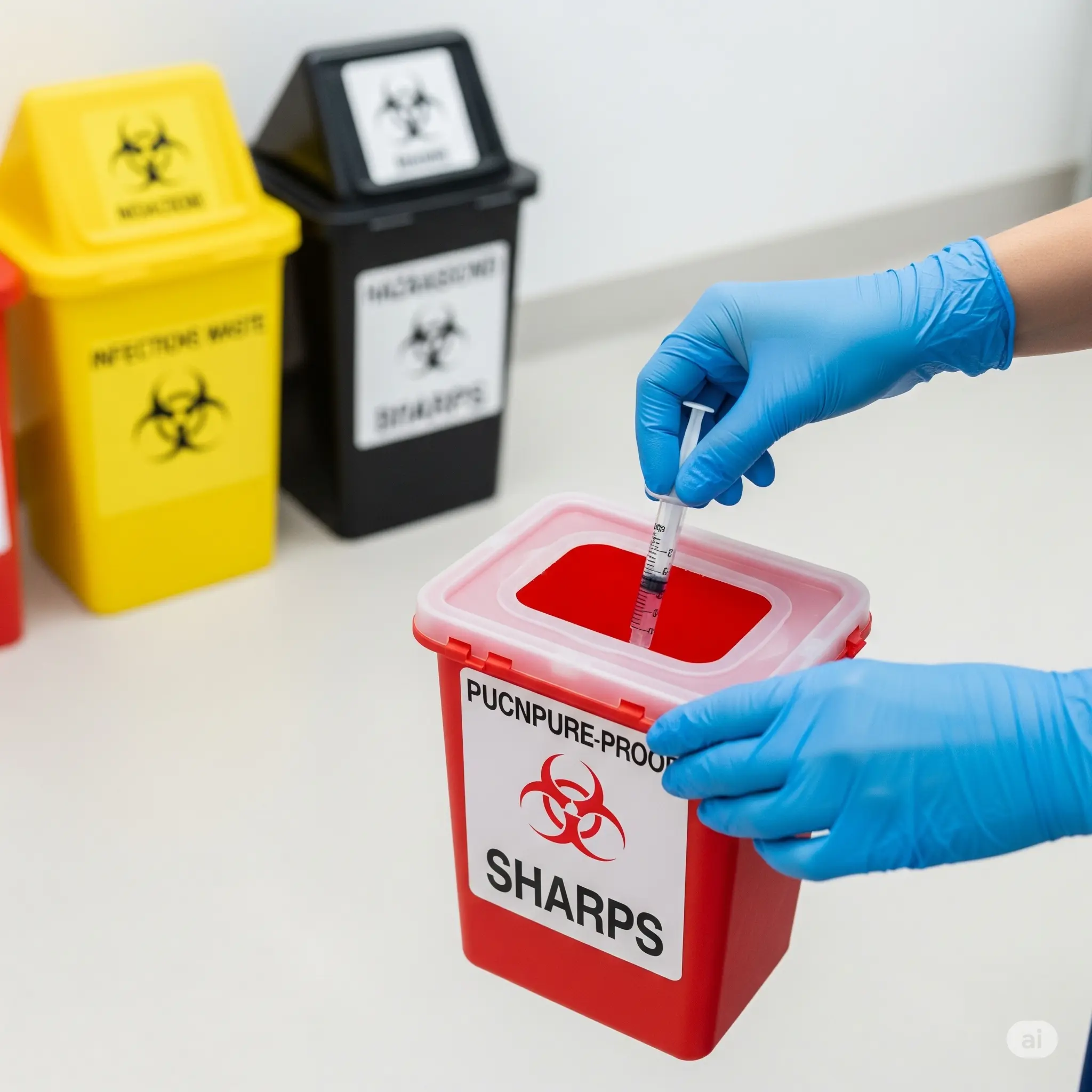For any business that generates scheduled waste, proper documentation is not just good practice—it is the law. Therefore, the cornerstone of this system in Malaysia is the electronic consignment note, or e-Consignment Note. But what is it, why is it so critical, and how does the process work? This guide provides a clear overview for industrial waste generators.
An e-Consignment Note in Malaysia is a digital document that tracks scheduled waste from your facility to its final destination. Specifically, the Department of Environment (DOE) manages the entire process through its online eSWIS platform. This system creates a secure and transparent record of your waste’s complete journey.
Why is the e-Consignment Note So Important?
The e-Consignment note serves as your legal proof of proper disposal. As a result, it creates a digital paper trail that protects your business during an audit. Furthermore, it ensures full accountability for everyone in the chain of custody.
The key benefits include:
- Legal Compliance: The law requires you to use this system for all scheduled waste. Failure to do so can result in significant penalties.
- Risk Management: It provides a clear chain of custody. This proves you handed your waste to a licensed professional and fulfilled your legal duty.
- Data & Reporting: The eSWIS system gives you valuable data on the waste your facility generates. You can then use this information for internal sustainability and ESG reports.
- Environmental Protection: By tracking every step, the system helps prevent illegal dumping. It also ensures that licensed professionals handle hazardous materials safely.
How the Process Works in Detail
The journey of an e-consignment note in Malaysia is both seamless and secure.
Step 1: Note Generation First, before arriving at your facility, your licensed waste management partner initiates the e-Consignment note in the eSWIS system. This includes details like the waste type (SW Code), quantity, and your facility’s information.
Step 2: Collection and Digital Transfer Next, the driver records the collection digitally when they pick up the waste from your site. As the waste generator, you will verify the details and digitally “sign off” on the transfer. The system now ties the note to the specific transport vehicle.
Step 3: Final Delivery and Completion Finally, upon arrival at the licensed treatment facility, the team there verifies the waste against the note. Once they treat and dispose of the waste, they complete the note in the system. This action closes the loop and serves as your permanent certificate of disposal.
Ultimately, using the e-Consignment note system correctly is a critical part of your legal compliance. It ensures every step is documented, transparent, and traceable, giving you complete peace of mind.




